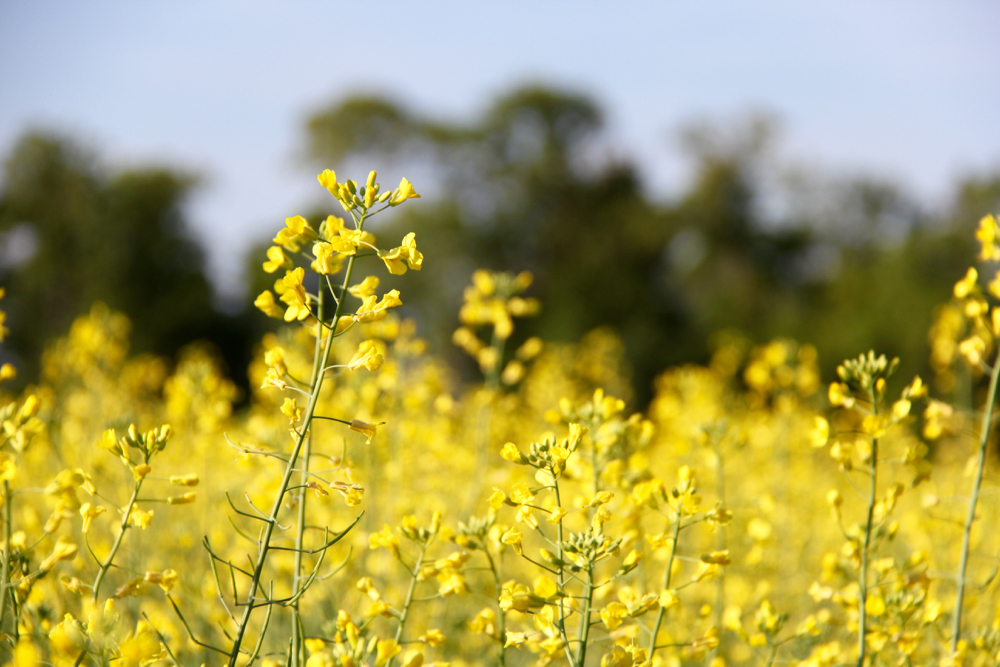U.S. futures markets in recent days have rallied sharply in response to increasingly
irreversible damage to 2008 yield potential as a result of ongoing heavy rains. Last
Thursday, reports of an additional 10-12 inches in the key growing region of Iowa
sparked two big up-days in the market, followed today by news of ongoing
heavy rainfall amounts over the weekend and early this week.
Market-watchers have been concerned about excessively wet weather in the U.S.
Midwest for weeks, but are taking the news more seriously now because as time
Read Also

ICE canola weekly outlook: Market rangebound
ICE canola futures saw some wide price swings during the week ended Nov. 5, although the market remains stuck in a sideways range overall.
production have become apparent. The optimal planting window is passed and the
deadline to seed is only a week or two away, while fields remain waterlogged. Some
land will be prevented from growing anything in 2008, and there will be fewer
double-cropped soybean acres that were intended to be seeded after the winter wheat
harvest.
After falling through much of the spring, all of the main grain and oilseed markets are
currently benefitting from weather concerns. Dropping yield potential, on top of other
bullish factors like rallying crude oil and limited South American exports, is causing
end users in various sectors to cover off their requirements.
Futures are well off recent lows across the board. At the time of writing, July corn had
risen by 80 cents, from $5.80 per bushel to $6.60/bu. Soybeans have broken up through
resistance, and are almost $3/bu. higher than the late March lows, helping drag canola
up from $590 per tonne to over $650/T. Even Minneapolis wheat, which isn’t as affected by the
excessively wet weather hurting crops in the Midwest, is $1/bu. off the lows. The
weather markets of 2008 have begun.
— The FarmLink Market Insight was researched and produced by FarmLink Marketing Solutions, a marketing advisory service for Prairie farmers, and is published here with permission of the authors.














